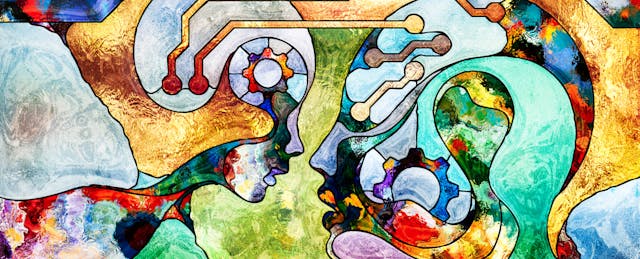Over the past year, administrators and educators have been faced with no-win decisions on what matters more. Should the priority be tackling students’ academic needs or emotional trauma? Should districts implement universal supports (such as an extended school year or regular assessments) for everyone or should they customize those supports for each student (even if that takes more time and resources)?
At a time when communities are wrestling with many heated divisions, it can be easy to take an “either/or” approach to these kinds of issues. But we’ve seen again and again that this approach results in solutions that don’t last and plans that leave out key voices.
Transcend, the nonprofit we work at, is partnering with schools and systems confronting these tensions as they balance the pressing need to recover with the longer-term imperative to reinvent toward more equitable and engaging learning experiences. In their planning and design work, our partners are harnessing the six key tensions below in inspiring “both/and” ways:

- Who: Whose needs must we prioritize?
- Why: What purpose should guide our efforts
- What: With limited time and resources, what activities should we prioritize?
- How: How will we handle the vastness and diversity of needs?
- Where: Where will learning and recovery happen best?
- When: What factors will drive our timeline?
Take Concourse Village Elementary School, a South Bronx, N.Y., district school with whom we have been partnering on an innovative project-based learning model called RevX. At Concourse Village, students were building the core knowledge and skills to meet grade-level standards, but students, families and educators were ready for more.
RevX aims to democratize the real life exposure and agency historically offered to more affluent students through project-based learning. Student work is centered around relevant issues that demand research, concrete skill development and problem-solving acumen. They choose authentic and personally-relevant challenges (this past summer, discrimination was top of mind) and design solutions that they apply and evaluate. The RevX + Concourse Village team piloted this model remotely and saw strong learner engagement. This approach is resonating with schools across the country, and some will pilot RevX in their own contexts later this year.
In Memphis, the Perea Elementary School team approached the WHO (students vs. adults) and WHERE (in-school vs. any / everywhere) tensions by working with families in the learning process.
Perea’s COVID-19 response model offers mainly in-school learning for young people with the greatest need, a fully-virtual learning option for families who choose it and one day a week of project-based learning for everyone at home. As districts across the country can attest, developing and delivering these options required a new level of communication and partnership between home and school. These included launching family engagement programs, providing continual communication from teachers and instructional assistants, and sharing information through email and social media.
Perea staff also pulled back the curtain on teaching and learning by sharing the purpose behind the school’s phonics program and approach to building reading comprehension skills. In this orientation, parents weren’t just receiving a lecture. They were engaging as true partners, so that they could be fully-armed advocates, working hand-in-hand with teachers and directly supporting their children as learners.
These are just two of many examples of communities embracing “both/and” innovation in response to COVID-19. These administrators, educators and communities give us hope that the disruption and trauma of the past year may serve as an inflection point toward a new trajectory for our field, and that shifts made out of necessity might evolve into more fundamental and durable transformations of mindset and practice. What might be possible if we take a “both/and” approach to the complex, seemingly-opposed tensions we confront at every turn?
There are no silver bullets or quick fixes. But by harnessing these tensions, we believe we can not only get to better approaches for the near-term but also unlock the innovation needed to design a better, more equitable future together.


